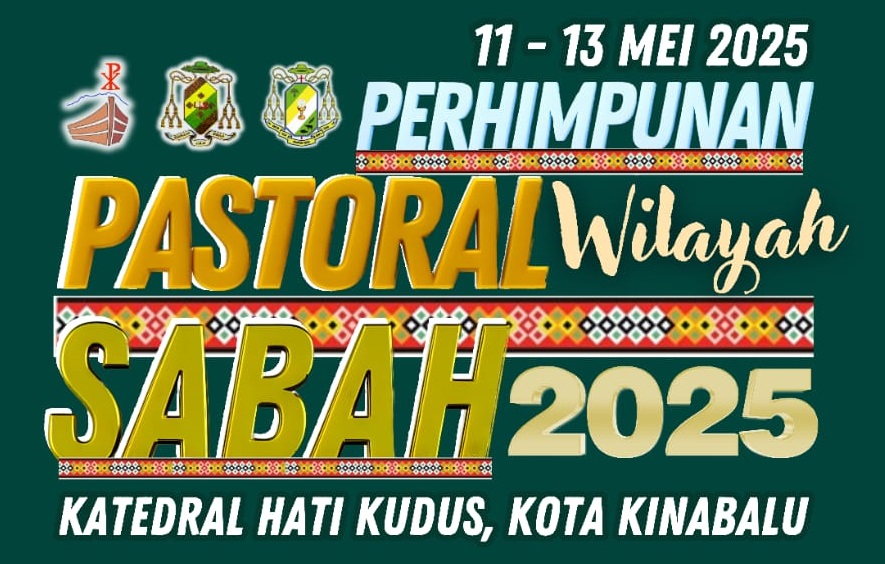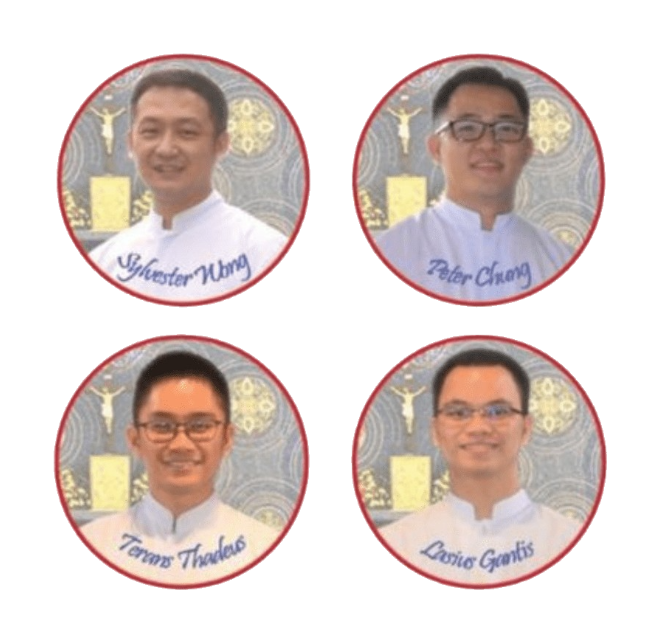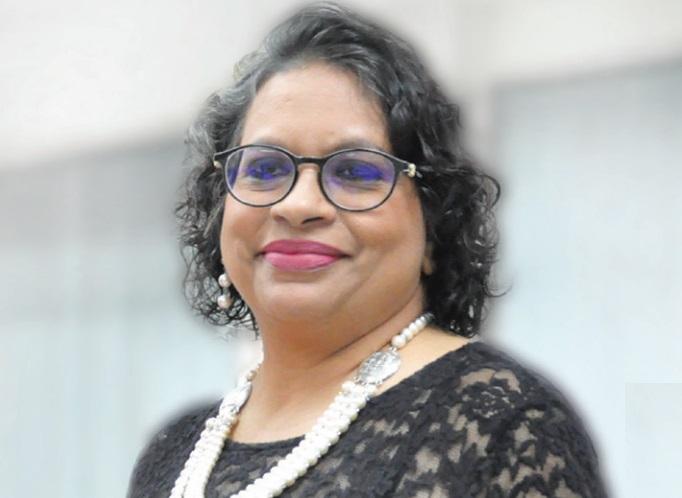Former student recalls St Michael’s Secondary School during Gastel’s time

FATHER William Van Gastel MHM was principal of St Michael’s School, Penampang from 1967-71. The school at that time was both a primary and secondary under one administration. Being a farsighted person he saw the immediate need to reorganize the school, which eventually was split into two – primary and secondary in 1968.
With the separation of the primary and secondary schools, Fr Gastel put in the most needed time and effort to focus on the development of secondary school education in St Michael’s Secondary School.
And it was in 1968 that he took the first batch of 33 students (25 boys from St Michael’s Secondary School and 8 girls from St Joseph’s Convent Secondary School), who had successfully obtained in the previous year their Lower Certificate in Education (LCE), to advance their senior secondary education in Form Four.
These students were to prepare within the next two years for the Cambridge Overseas School Certificate (OSC). In 1969 the 33 students made history by being the first batch of St Michael’s Secondary School to sit in the Cambridge Overseas School Certificate (OSC) examination.
Having successfully established a senior secondary school in St Michael’s, Fr Gastel also saw the practicality of merging St Michael’s Primary School with a sister school, St Joseph’s Convent, which was under the care and administration of the ‘White Sisters’ from the Franciscan Missionaries of St Joseph (FMSJ).
The nuns had many reservations with his proposal to introduce a co-educational school system in Penampang. However, Fr Gastel persisted with his vision, which eventually paid off with the FMSJ Superior reluctantly agreeing to his proposal.
Thus in 1971, St Michael’s Primary School was amalgamated with St Joseph’s Convent Primary school, and was renamed as St Joseph’s Primary School, focusing solely on primary education. At the same time, St Michael’s Secondary School and St Joseph’s Convent Secondary School were also amalgamated. The newly merged schools retained the name of St Michael’s Secondary School, which focused on secondary education.
During the tenure of Fr Gastel as principal of St Michael’s Secondary School, he realized that education was more than just an academic pursuit. He felt that the students under his care should also be exposed to other disciplines and needs for their future life.
Led by this conviction, he introduced the Student Parliament in 1968 where the students were to experience at first-hand the setting up of the parliament, and the working of a parliamentary democracy. He encouraged the students to be more articulated in public speaking as they went about campaigning for their ‘political parties’ prior to the elections. And on a certain morning assembly, he would also request some of the students to stand in front of the assembled students and teachers to belt out, loud and proud, one of their favourite pop songs.
Vocational skills such as carpentry and gardening were the other fields he encouraged among the students. There was an incident when he was doing site preparation for the construction of the four units of teachers’ quarters down the church that some of the earth were pushed over to an adjoining padi field. The owner of the field came and reported the matter to Fr Gastel, who immediately mobilized some of the students to clear the earth from the field by means of real farming implements such as the plough and comb drawn by two strong buffaloes under the skilled hands of the students.
Perhaps many students have fond memories of the grand celebration that took place on 29 September 1969, the feast day of the Archangel St Michael as patron saint of the Church and School.
For the first time in church history, a five-piece live band accompanied by the singing of lively songs from contemporary tunes but given new Christian lyrics by Fr Gastel served during Mass. It was popularly known then as the “Folk Mass”, a celebration that would never have been possible had it not been for the promulgation of Sacrosanctum Concilium of the Second Vatican Council on December 4, 1963.
After the “explosive and equally moving experience” of the first Folk Mass celebration, the students and the teachers descended from the hill to the school building where the classrooms were prepared with various display of exhibits. The exhibits were created by the students and their teachers from the various clubs such as the Science, Arts, Geography, History and English clubs.
As the saying goes “All good things must come to an end”; the Malaysian Immigration Department revoked the work permits of many European missionaries in 1972, and ordered them to leave the country immediately, among who was Fr Van Gastel. – Emmanuel Tendahal



